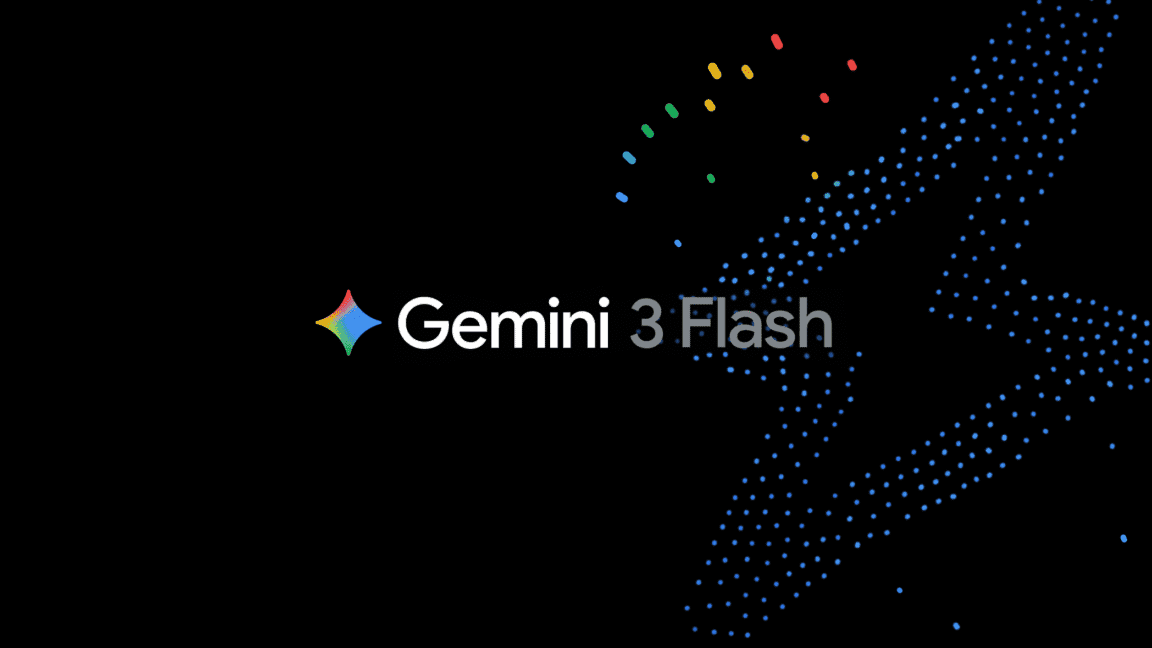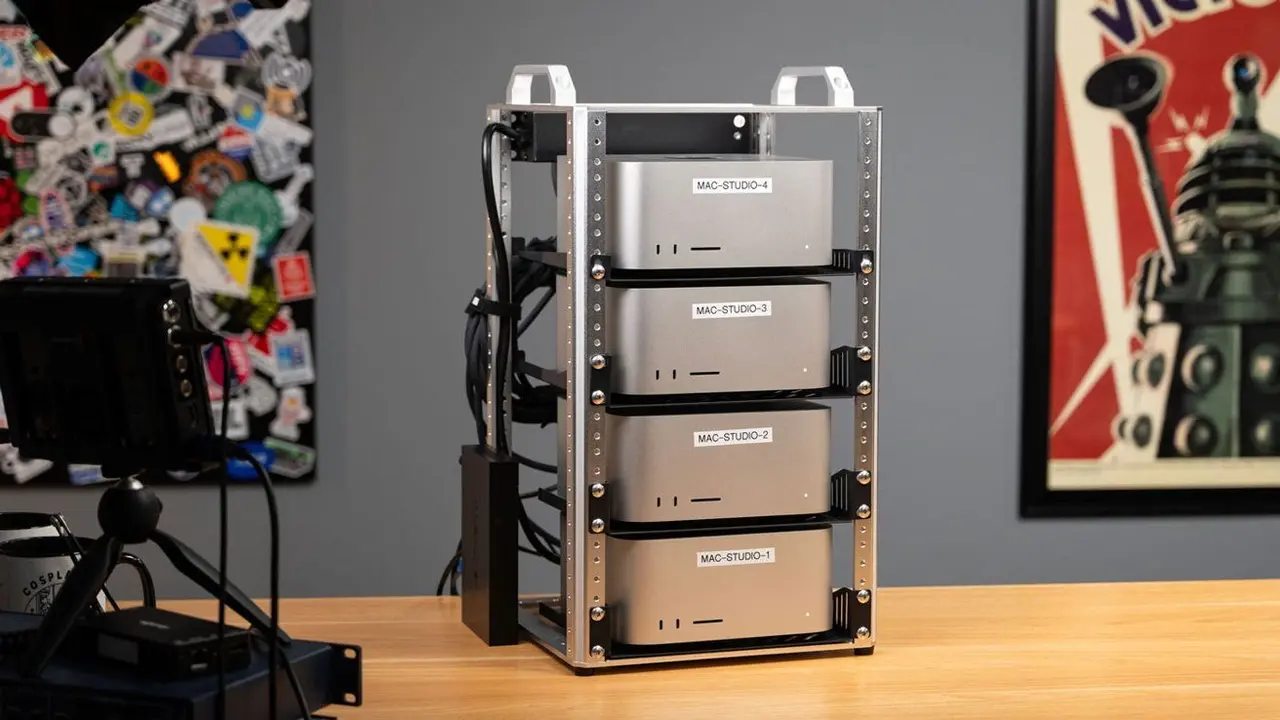AI Models Revolutionize Plasma Heating Predictions for Fusion Research
4 Sources
4 Sources
[1]
New AI models of plasma heating lead to important corrections in computer code used for fusion research
New artificial intelligence (AI) models for plasma heating can do more than was previously thought possible, not only increasing the prediction speed 10 million times while preserving accuracy, but also correctly predicting plasma heating in cases where the original numerical code failed. The models will be presented on October 11 at the 66th Annual Meeting of the American Physical Society Division of Plasma Physics in Atlanta. "With our intelligence, we can train the AI to go even beyond the limitations of available numerical models," said Álvaro Sánchez-Villar, an associate research physicist at the U.S. Department of Energy's (DOE) Princeton Plasma Physics Laboratory (PPPL). Sánchez-Villar is the lead author on a new peer-reviewed journal article in Nuclear Fusion about the work. It was part of a project that spanned five research institutions. The models use machine learning, a type of AI, to try to predict the way electrons and ions in a plasma behave when ion cyclotron range of frequency (ICRF) heating is applied in fusion experiments. The models are trained on data generated by a computer code. While much of the data agreed with past results, in some extreme scenarios the data wasn't what they expected. "We observed a parametric regime in which the heating profiles featured erratic spikes in rather arbitrary locations," said Sánchez-Villar. "There was nothing physical to explain those spikes." New artificial intelligence (AI) models for plasma heating can do more than was previously thought possible, not only increasing the prediction speed 10 million times while preserving accuracy, but also correctly predicting plasma heating in cases where the original numerical code failed. The models will be presented on October 11 at the 66th Annual Meeting of the American Physical Society Division of Plasma Physics in Atlanta. "With our intelligence, we can train the AI to go even beyond the limitations of available numerical models," said Álvaro Sánchez-Villar, an associate research physicist at the U.S. Department of Energy's (DOE) Princeton Plasma Physics Laboratory (PPPL). Sánchez-Villar is the lead author on a new peer-reviewed journal article in Nuclear Fusion about the work. It was part of a project that spanned five research institutions. The models use machine learning, a type of AI, to try to predict the way electrons and ions in a plasma behave when ion cyclotron range of frequency (ICRF) heating is applied in fusion experiments. The models are trained on data generated by a computer code. While much of the data agreed with past results, in some extreme scenarios the data wasn't what they expected. "We observed a parametric regime in which the heating profiles featured erratic spikes in rather arbitrary locations," said Sánchez-Villar. "There was nothing physical to explain those spikes." "This means that, practically, our surrogate implementation was equivalent to fixing the original code, just based on a careful curation of the data," said Sánchez-Villar. "As with every technology, with an intelligent use, AI can help us solve problems not only faster, but better than before, and overcome our own human constraints." As expected, the models also improved the computation times for ICRF heating. Those times fell from roughly 60 seconds to 2 microseconds, enabling faster simulations without notably impacting the accuracy. This improvement will help scientists and engineers explore the best ways to make fusion a practical power source. Other researchers on the project include Zhe Bai, Nicola Bertelli, E. Wes Bethel, Julien Hillairet, Talita Perciano, Syun'ichi Shiraiwa, Gregory M. Wallace and John C. Wright. The work was supported by the U.S. Department of Energy under Contract Number DE-AC02-09CH11466. This research used resources of the National Energy Research Scientific Computing Center (NERSC) operated under Contract No. DE-AC02-05CH11231 using NERSC Award FES m3716 for 2023.
[2]
New AI models of plasma heating lead to important corrections in computer code used for fusion research
New artificial intelligence (AI) models for plasma heating can do more than was previously thought possible, not only increasing the prediction speed 10 million times while preserving accuracy, but also correctly predicting plasma heating in cases where the original numerical code failed. The models will be presented on October 11 at the 66th Annual Meeting of the American Physical Society Division of Plasma Physics in Atlanta. "With our intelligence, we can train the AI to go even beyond the limitations of available numerical models," said Álvaro Sánchez-Villar, an associate research physicist at the U.S. Department of Energy's (DOE) Princeton Plasma Physics Laboratory (PPPL). Sánchez-Villar is the lead author on a new journal article in Nuclear Fusion about the work. It was part of a project that spanned five research institutions. The models use machine learning, a type of AI, to try to predict the way electrons and ions in a plasma behave when ion cyclotron range of frequency (ICRF) heating is applied in fusion experiments. The models are trained on data generated by a computer code. While much of the data agreed with past results, in some extreme scenarios the data wasn't what they expected. "We observed a parametric regime in which the heating profiles featured erratic spikes in rather arbitrary locations," said Sánchez-Villar. "There was nothing physical to explain those spikes." Sánchez Villar identified and removed problematic data, known as outliers, from the training set to train their AI since the scenarios were unphysical. "We biased our model by eliminating the spikes in the training dataset, and we were still able to predict the physics," Sánchez Villar said. "As can be observed, the code correctly removes the spikes but anticipates higher heating in the highlighted region. However, there was nothing that would guarantee these predictions were physical." Then, the team went a step further. After months of research, the cause -- a limitation of the numerical model -- was identified and resolved by Sánchez Villar, who then ran the corrected version of the code for the outlier cases that were originally showing the random spikes. Not only did he find that the solutions were free of spikes in all problematic cases, but, to his surprise, these solutions were almost identical to the solutions in one of the machine learning models predicted months before, even in critical outlier scenarios. "This means that, practically, our surrogate implementation was equivalent to fixing the original code, just based on a careful curation of the data," said Sánchez-Villar. "As with every technology, with an intelligent use, AI can help us solve problems not only faster, but better than before, and overcome our own human constraints." As expected, the models also improved the computation times for ICRF heating. Those times fell from roughly 60 seconds to 2 microseconds, enabling faster simulations without notably impacting the accuracy. This improvement will help scientists and engineers explore the best ways to make fusion a practical power source.
[3]
New AI Models of Plasma Heating Lead to Important Corrections in Computer Code Used for Fusion Research
Newswise -- New artificial intelligence (AI) models for plasma heating can do more than was previously thought possible, not only increasing the prediction speed 10 million times while preserving accuracy, but also correctly predicting plasma heating in cases where the original numerical code failed. The models will be presented on October 11 at the 66th Annual Meeting of the American Physical Society Division of Plasma Physics in Atlanta. "With our intelligence, we can train the AI to go even beyond the limitations of available numerical models," said Álvaro Sánchez-Villar, an associate research physicist at the U.S. Department of Energy's (DOE) Princeton Plasma Physics Laboratory (PPPL). Sánchez-Villar is the lead author on a new peer-reviewed journal article in Nuclear Fusion about the work. It was part of a project that spanned five research institutions. The models use machine learning, a type of AI, to try to predict the way electrons and ions in a plasma behave when ion cyclotron range of frequency (ICRF) heating is applied in fusion experiments. The models are trained on data generated by a computer code. While much of the data agreed with past results, in some extreme scenarios the data wasn't what they expected. "We observed a parametric regime in which the heating profiles featured erratic spikes in rather arbitrary locations," said Sánchez-Villar. "There was nothing physical to explain those spikes." New artificial intelligence (AI) models for plasma heating can do more than was previously thought possible, not only increasing the prediction speed 10 million times while preserving accuracy, but also correctly predicting plasma heating in cases where the original numerical code failed. The models will be presented on October 11 at the 66th Annual Meeting of the American Physical Society Division of Plasma Physics in Atlanta. "With our intelligence, we can train the AI to go even beyond the limitations of available numerical models," said Álvaro Sánchez-Villar, an associate research physicist at the U.S. Department of Energy's (DOE) Princeton Plasma Physics Laboratory (PPPL). Sánchez-Villar is the lead author on a new peer-reviewed journal article in Nuclear Fusion about the work. It was part of a project that spanned five research institutions. The models use machine learning, a type of AI, to try to predict the way electrons and ions in a plasma behave when ion cyclotron range of frequency (ICRF) heating is applied in fusion experiments. The models are trained on data generated by a computer code. While much of the data agreed with past results, in some extreme scenarios the data wasn't what they expected. "We observed a parametric regime in which the heating profiles featured erratic spikes in rather arbitrary locations," said Sánchez-Villar. "There was nothing physical to explain those spikes." "This means that, practically, our surrogate implementation was equivalent to fixing the original code, just based on a careful curation of the data," said Sánchez-Villar. "As with every technology, with an intelligent use, AI can help us solve problems not only faster, but better than before, and overcome our own human constraints." As expected, the models also improved the computation times for ICRF heating. Those times fell from roughly 60 seconds to 2 microseconds, enabling faster simulations without notably impacting the accuracy. This improvement will help scientists and engineers explore the best ways to make fusion a practical power source. Other researchers on the project include Zhe Bai, Nicola Bertelli, E. Wes Bethel, Julien Hillairet, Talita Perciano, Syun'ichi Shiraiwa, Gregory M. Wallace and John C. Wright. The work was supported by the U.S. Department of Energy under Contract Number DE-AC02-09CH11466. This research used resources of the National Energy Research Scientific Computing Center (NERSC) operated under Contract No. DE-AC02-05CH11231 using NERSC Award FES m3716 for 2023.
[4]
US makes fusion plasma heating calculation 10,000,000 times faster
These new AI models are capable of increasing prediction speed by an astonishing 10 million times. Besides, they also provide accurate results, even in scenarios where traditional computer codes fail. "With our intelligence, we can train the AI to go even beyond the limitations of available numerical models," said Álvaro Sánchez Villar, lead author and associate research physicist at the US Department of Energy's (DOE) Princeton Plasma Physics Laboratory (PPPL). The AI models were trained on data generated by a computer code. In certain scenarios, the numerical codes employed for plasma heating prediction gave anomalous results, known as outliers. These outliers can be described as atypical spikes within the heating profiles, which do not align with the expected physical behavior. "We observed a parametric regime in which the heating profiles featured erratic spikes in rather arbitrary locations," highlighted Sánchez Villar. "There was nothing physical to explain those spikes." However, the AI models successfully identified these outliers and maintained predictive accuracy even when the original codes encountered limitations. By removing these problematic data points, the team was able to train the AI to accurately predict the physics involved.
Share
Share
Copy Link
New AI models developed by researchers at Princeton Plasma Physics Laboratory have dramatically improved the speed and accuracy of plasma heating predictions for fusion research, outperforming traditional numerical codes.

Breakthrough in AI-Powered Plasma Heating Predictions
Researchers at the U.S. Department of Energy's Princeton Plasma Physics Laboratory (PPPL) have developed groundbreaking artificial intelligence (AI) models that are revolutionizing plasma heating predictions for fusion research. These models, which will be presented at the 66th Annual Meeting of the American Physical Society Division of Plasma Physics in Atlanta, have demonstrated unprecedented capabilities in both speed and accuracy
1
.Unprecedented Speed and Accuracy
The new AI models have achieved a remarkable feat by increasing prediction speed by 10 million times while maintaining accuracy. Computation times for ion cyclotron range of frequency (ICRF) heating have been reduced from approximately 60 seconds to just 2 microseconds
2
. This dramatic improvement enables faster simulations without compromising accuracy, potentially accelerating the development of practical fusion power sources.Overcoming Limitations of Traditional Numerical Codes
One of the most significant achievements of these AI models is their ability to correctly predict plasma heating in scenarios where traditional numerical codes fail. Álvaro Sánchez-Villar, the lead author of the study published in Nuclear Fusion, explained, "With our intelligence, we can train the AI to go even beyond the limitations of available numerical models"
3
.Identifying and Resolving Anomalies
During the research, the team encountered unexpected results in extreme scenarios, where heating profiles showed erratic spikes in arbitrary locations. Sánchez-Villar noted, "There was nothing physical to explain those spikes"
4
. The researchers identified these anomalies as limitations in the numerical model and took steps to resolve them.AI-Driven Problem Solving
In a surprising turn of events, the AI models demonstrated an ability to anticipate correct solutions even before the underlying issues in the numerical code were identified and fixed. Sánchez-Villar remarked, "This means that, practically, our surrogate implementation was equivalent to fixing the original code, just based on a careful curation of the data"
1
.Related Stories
Implications for Fusion Research
The development of these AI models represents a significant advancement in fusion research. By enabling faster and more accurate simulations of plasma heating, scientists and engineers can more efficiently explore optimal methods for achieving practical fusion power. This breakthrough could potentially accelerate progress in the field of fusion energy, bringing us closer to a sustainable and abundant energy source
2
.Collaborative Effort and Future Prospects
The project involved collaboration across five research institutions, with contributions from researchers including Zhe Bai, Nicola Bertelli, E. Wes Bethel, Julien Hillairet, Talita Perciano, Syun'ichi Shiraiwa, Gregory M. Wallace, and John C. Wright. Supported by the U.S. Department of Energy, this research utilized resources from the National Energy Research Scientific Computing Center (NERSC)
3
.As AI continues to demonstrate its potential in scientific research, this breakthrough serves as a prime example of how intelligent use of technology can help solve complex problems faster and more effectively than ever before, overcoming human constraints and pushing the boundaries of scientific discovery.
References
Summarized by
Navi
[1]
[2]
[3]
[4]
Related Stories
AI Breakthrough Accelerates Fusion Reactor Safety Calculations
14 Aug 2025•Science and Research

Deep Learning Model Accelerates Plasma Predictions in Nuclear Fusion by 1,000 Times
01 Mar 2025•Science and Research

AI Breakthrough Enhances Fusion Energy Monitoring and Control
02 Oct 2025•Science and Research

Recent Highlights
1
Google launches Gemini 3 Flash as default AI model, delivering speed with Pro-grade reasoning
Technology

2
OpenAI launches GPT Image 1.5 as AI image generator war with Google intensifies
Technology

3
OpenAI launches ChatGPT app store, opening doors for third-party developers to build AI-powered apps
Technology





